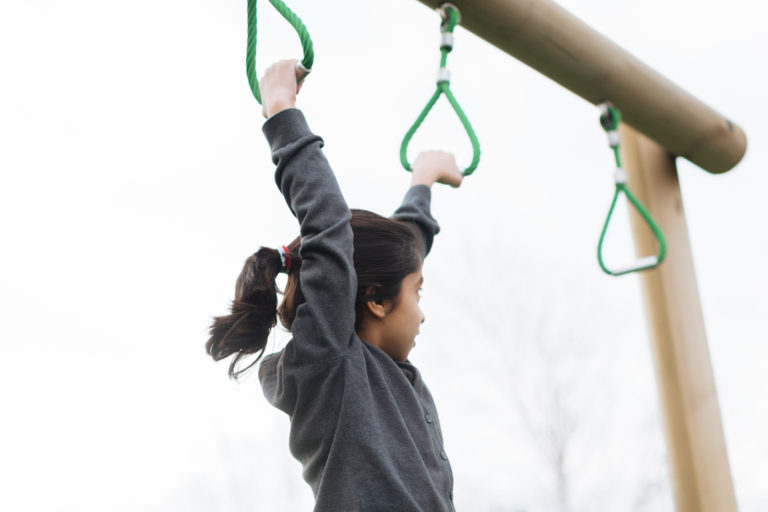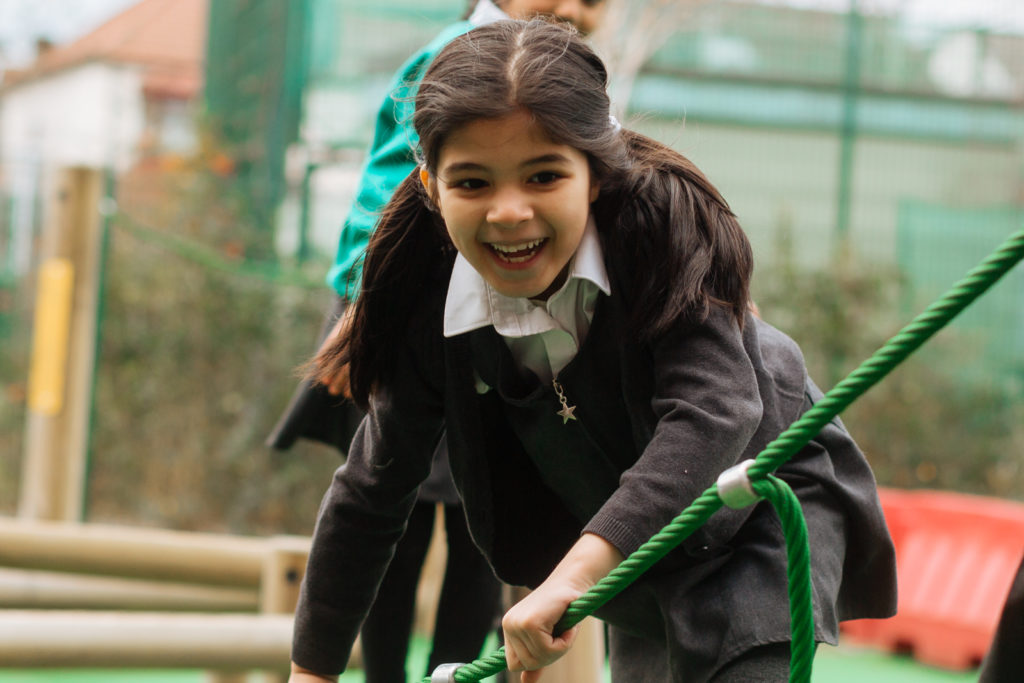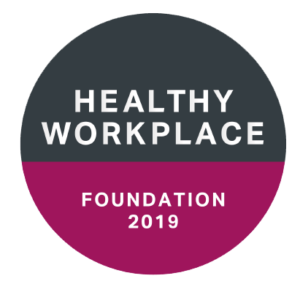With 80% of children aged 5-15 still failing to meet Public Health England’s guidance on minimum activity levels, the persistent drive to get children into PE and sport has been unsuccessful.
For the majority disinterested in sport, who lack competitiveness or have little physical prowess, intense activity will always be demotivating or discomforting. In addition, evidence suggests there is a further health risk outside lack of fitness. Our increasing sedentary lifestyle is doing young bodies more harm than was previously realised whilst reducing sitting times can have powerful effects on physical and mental well-being as well as obesity, diabetes, heart disease and even cancer.
This is how Active Moment came to life. Trying to force children into PE and sport is a thankless task unless they have some predisposition to being active. The best analogy is a gear stick – if sitting is reverse gear, then Sport and PE would be fourth. In the same way a car would stall, so does a child’s commitment.
Active Movement – an evidenced based intervention to reduce levels of inactivity in London’s schools
Active Movement looked to create a new behaviour in children, in which sport and activity are not synonyms. The programme aimed to add a little low-level activity to their daily routine as a behavioural norm and so engage children on a more empathetic and realistic level. Then, it may be possible to give them the confidence, capability and interest to become active – and perhaps move through the gears towards greater activity such as PE and Sport. Therefore, Active Movement programme empowered inactive children to be less inactive as a foundation towards greater participation in a more active or sport-orientated lifestyle.
How partnership working supported the programme?
The programme was funded by Public Health Haringey and some commitment of the Sports Premium by the school. All components of the programme, including set-up, programme content, training, creative resource and supervision were undertaken by Active Movement. The qualitative assessment was conducted by a third-party researcher.
The recruitment and participation of the control school (Stamford Hill, Tottenham) were funded by Haringey Council as part of the programme evaluation. UCL, who has representation within Active Movement, supplied medical registrars for compiling the physical data and completing its analysis. Pursuing the success of the programme, Active Movement are working with London Sport in 5 different schools across London to see if the findings in Haringey can be replicated on different areas.
Key learnings and future steps
Though PE and Sport are recognised as the most obvious routes to get children fit and healthy, it has also to be accepted that many children will reject being coerced into something they are neither keen nor capable of doing, The effect is likely to be counter-productive. Sport or any physical exercise will simply have bad connotations for the future or be pushed further out of reach.
A senior school staff member from one of the schools involved explained for London Sport: “It’s about little ingredients that become part of the day and habit – the children enjoy it so much they want to take part. Just going along with it and using it where we can seems to work – especially in encouraging less confident children to participate. It turns out to be a very simple thing that’s quite easy to implement yet makes children aware of the importance of movement.”
The Active Movement programme showed that there is a way that is empathetic, relevant, inclusive and accessible. The key is to understand that changing a mindset is a process based on re-shaping children’s behaviour in partnership with those that surround them.
For the first time, Sports and PE can have appeal to all the children in a class – but it needs to be more on their terms and at their pace if more committed participation is to be achieved.
This is just the first of our series presenting our support for evidenced based interventions to reduce levels of inactivity in London schools. If you want to find out more about how we support organisations to increase activity levels for children and young people, email Gary Palmer, our Specialist Advisor for Children and Young People.
Download this article in plain text version






